Panzer 38(t) - Tamiya 1/35
Whilst the Panzer 38(t) earned its reputation as an important part of the early war effort by the German forces, it was in fact developed and produced in Czechoslovakia by ČKD and known as the LT.vz.38. After the Germans occupied Czechoslovakia they took control of production and development of these tanks.
The Germans deemed the LT.vz.38 to be an excellent tank, especially compared to the Panzer I and Panzer II that made the bulk of their armed forces at the time.
When the tank first entered German service, it was known as the LTM 38; however, this was changed on in January of 1940 to the Panzerkampfwagen 38(t). The ‘t’ stood for ‘tschechisch‘, the German word for Czech.
The rivetted armour varied in thickness from 10mm to 25mm for the earlier versions and later models would increase to 50mm on the front portion of the hull. That was done by essentially bolting on additional armour plate.
The tanks main armament was the 37mm Skoda A7 gun with 90 rounds of ammunition. The tank also included a 7.92mm machine gun with a ball mount to the right of the main gun. The ball mount meant the gun could be used to engage targets that the main gun wasn’t directly pointing at. An additional 7.92mm machine gun was mounted in the hull and was manned by the radio operator.
Surprisingly, this little tank had a crew of 4. As just mentioned, there was the radio operator and the driver in the hull of the vehicle and the loader and commander in the turret. It was the Commanders job to not only command the tank, but to also aim and fire the main gun.
The powertrain was an inline six-cylinder, liquid-cooled, petrol engine mounted in the rear of the hull. The transmission was housed at the front of the hull and included five forward gears and one reverse gear.
The Panzer 38(t) performed well during the invasion of Poland in 1939 and the Battle of France in 1940 however once the tank came up against the likes of the T-34’s in the East, it was found to be outclassed, and lacked the firepower to offer any real resistance.
Production was halted in June of 1942, but by that time the Panzer 38(t) had gained a reputation for being reliable and easy to repair. The consensus by the crews was that the drive components (the engine, gear, steering, suspension, wheels and tracks), were ‘perfectly in tune with each other’.
Even though production had halted in 1942, the chassis was still deemed as being useful and was used to produce several Tank Destroyer designs such as the Hetzer and the Marder to name a couple.
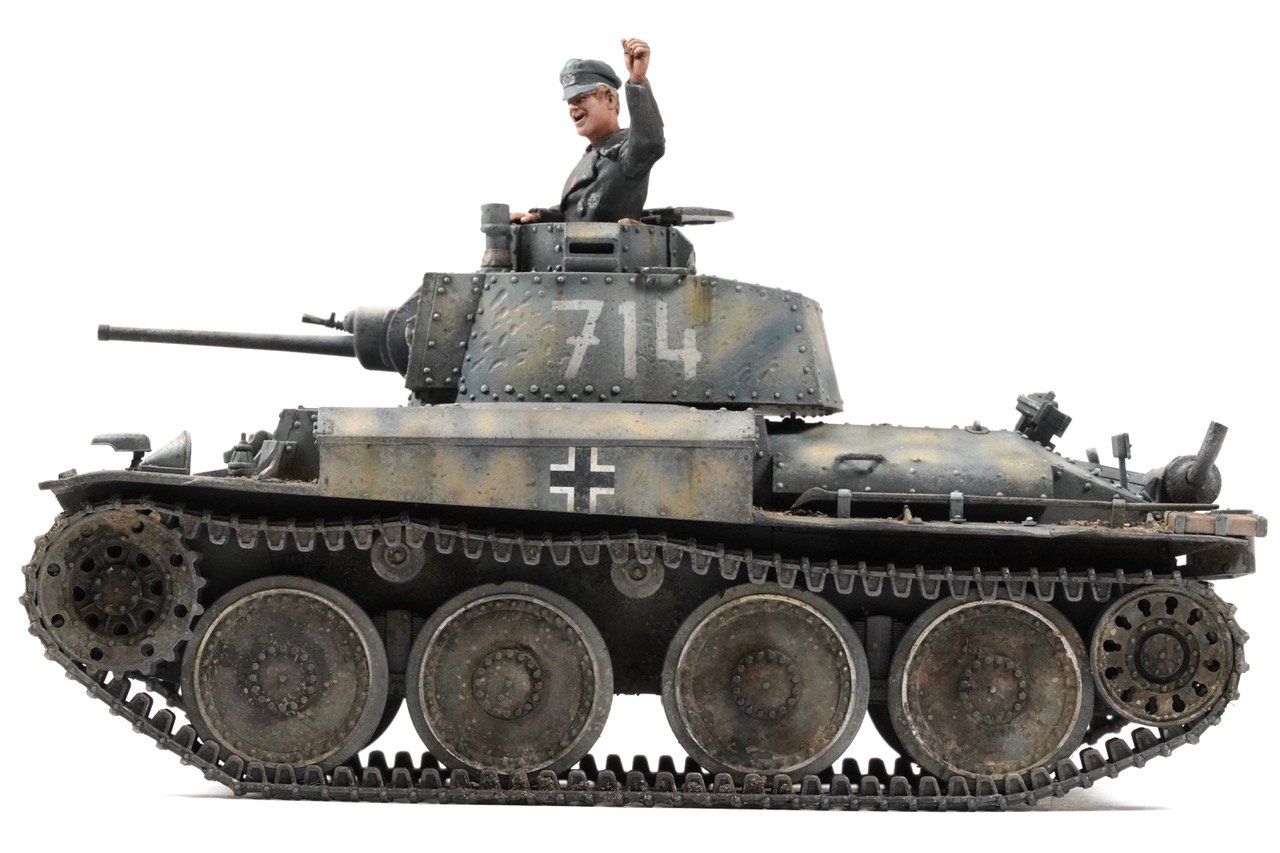
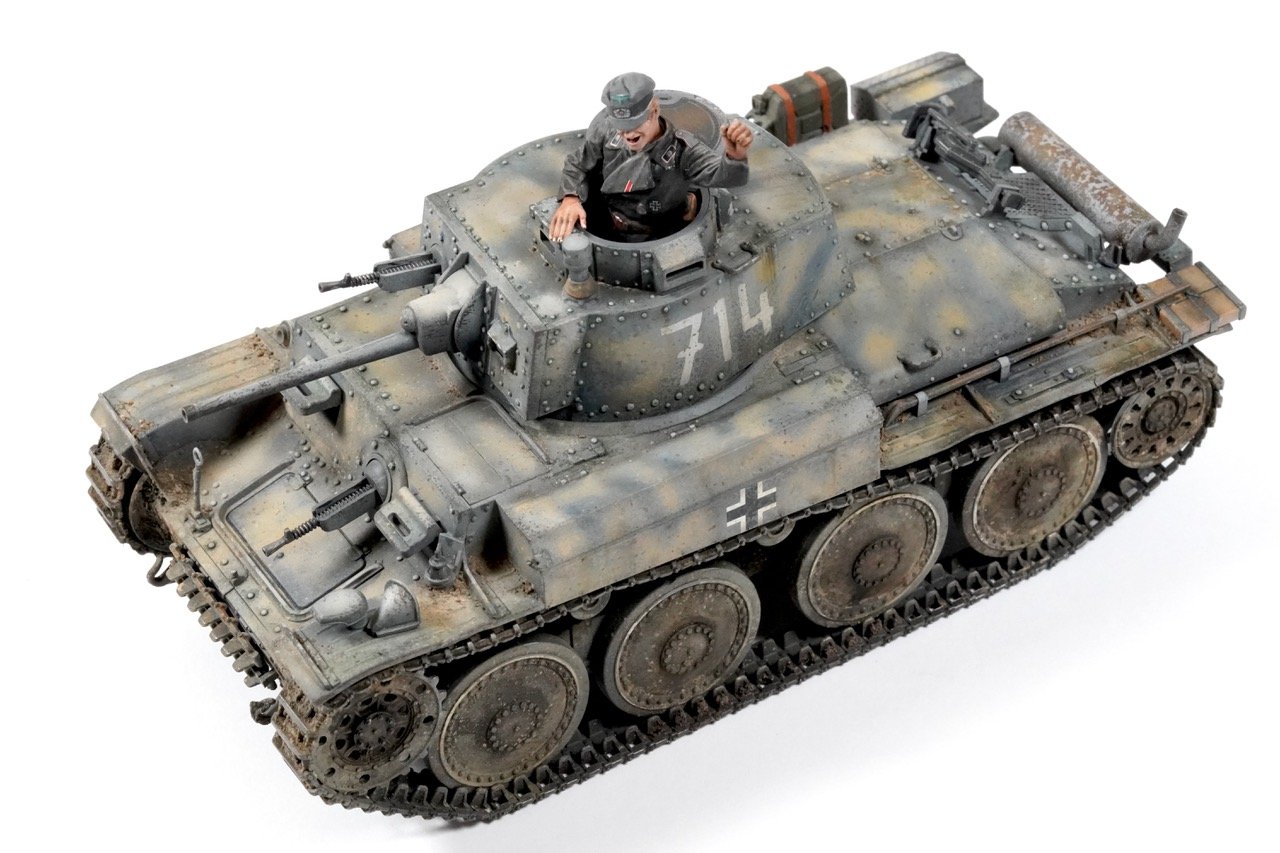
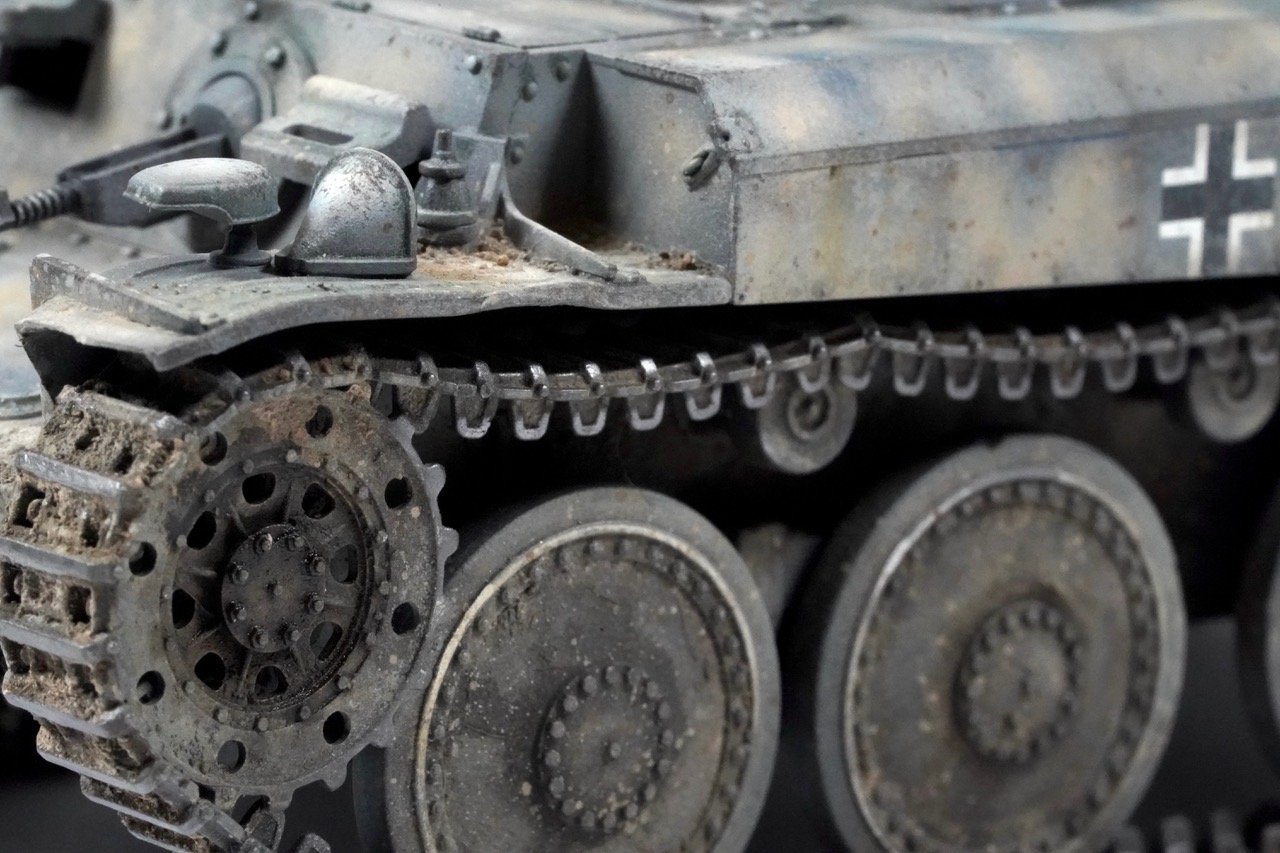
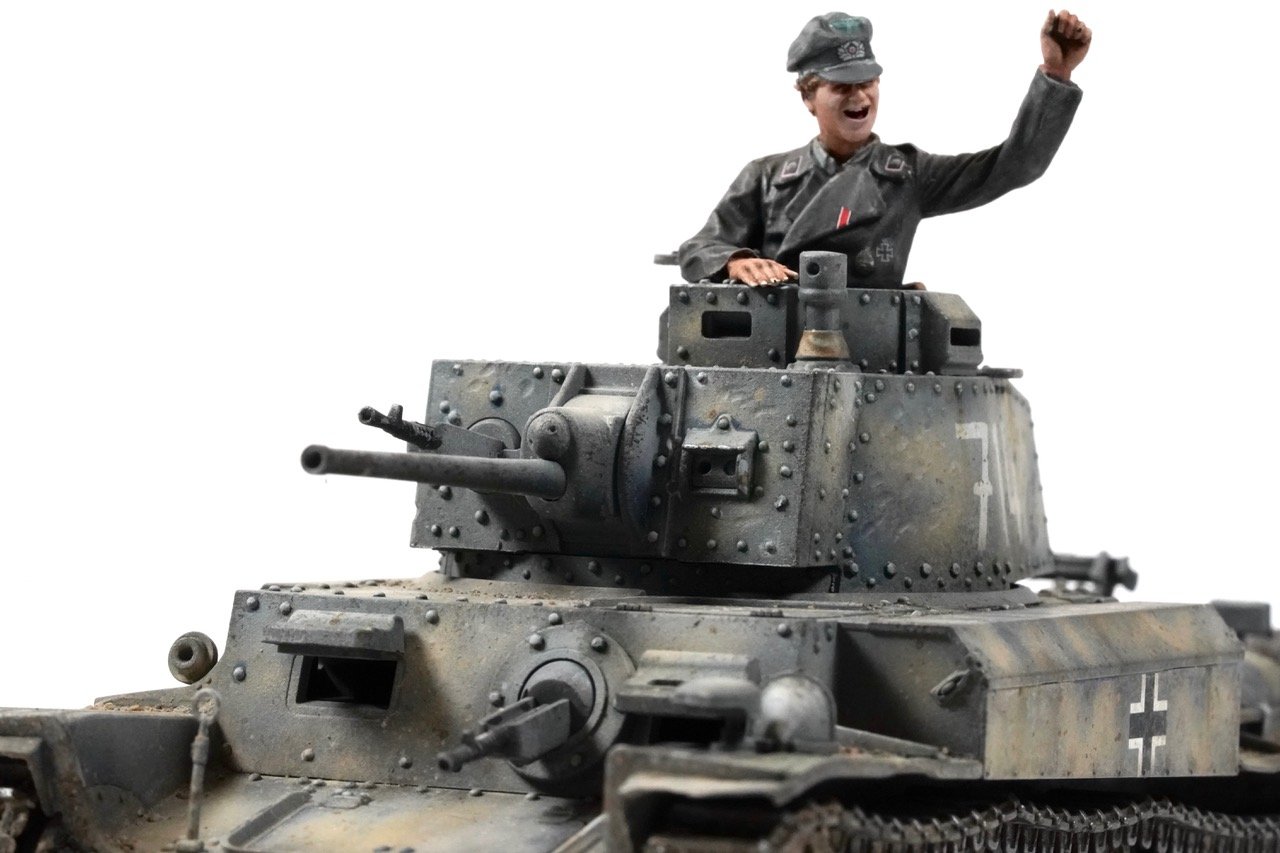
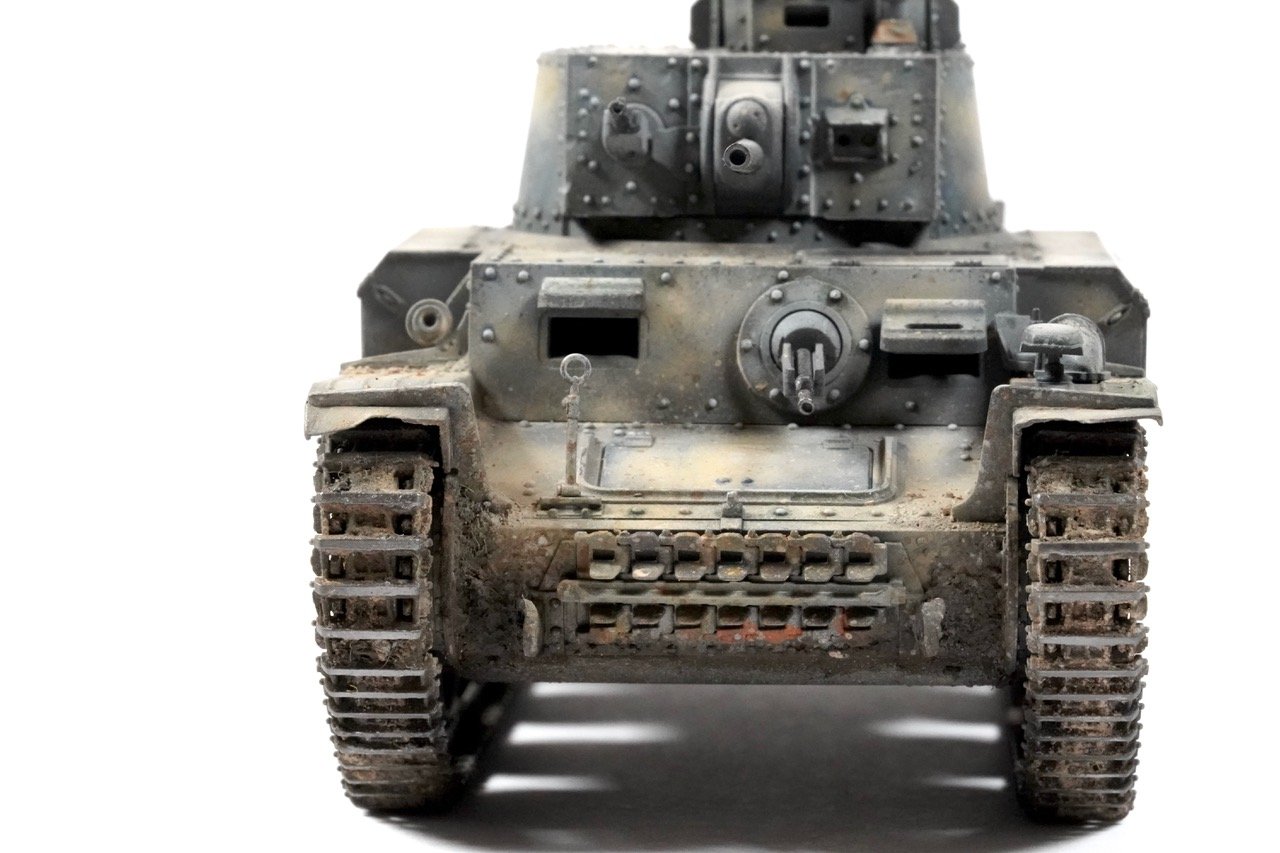
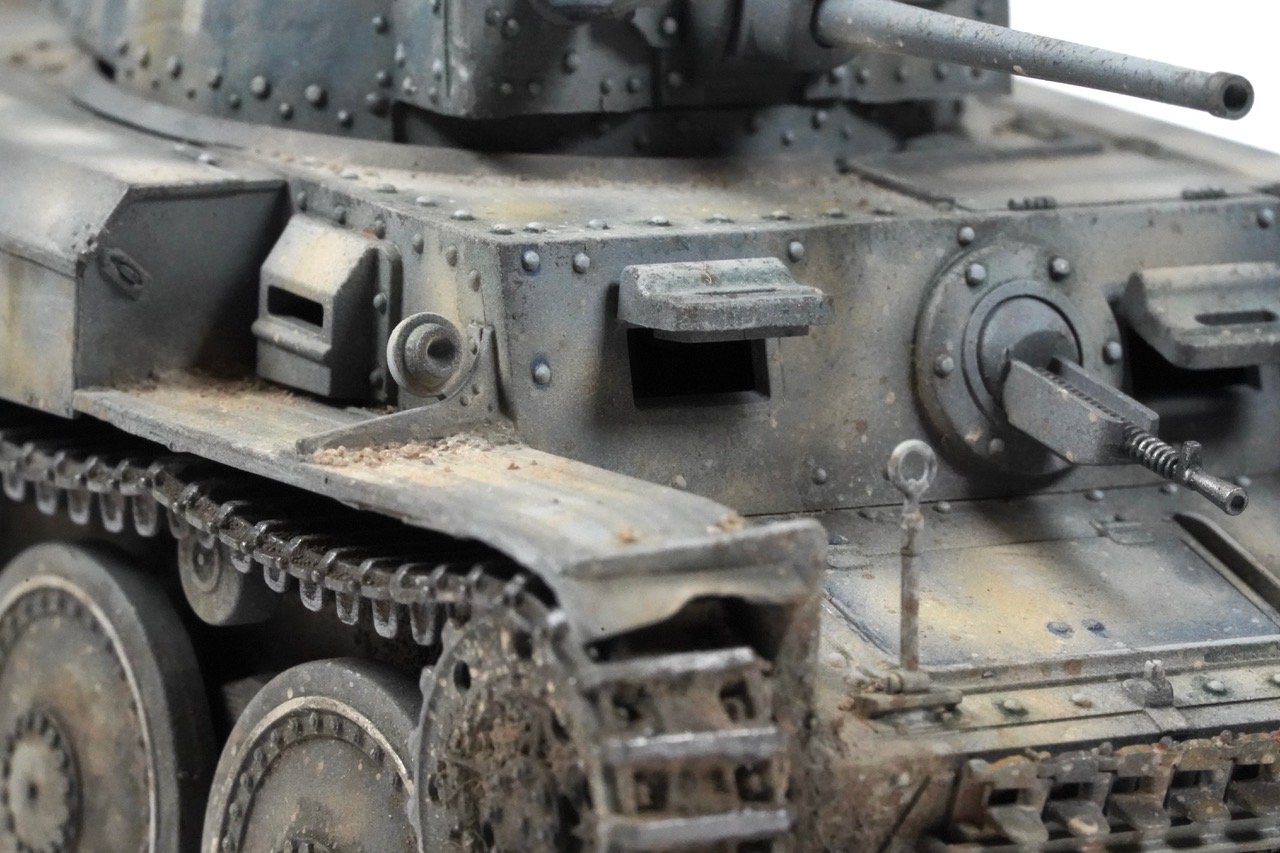
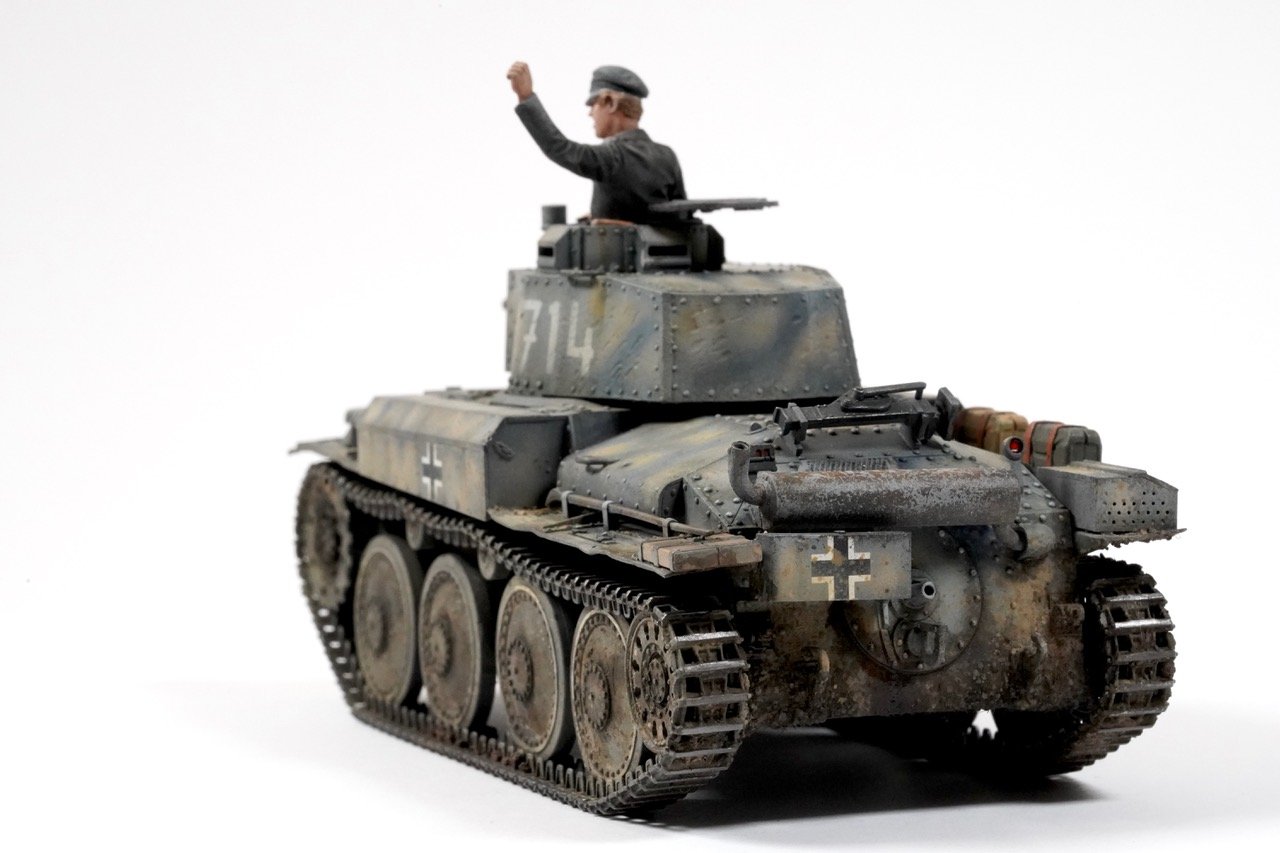
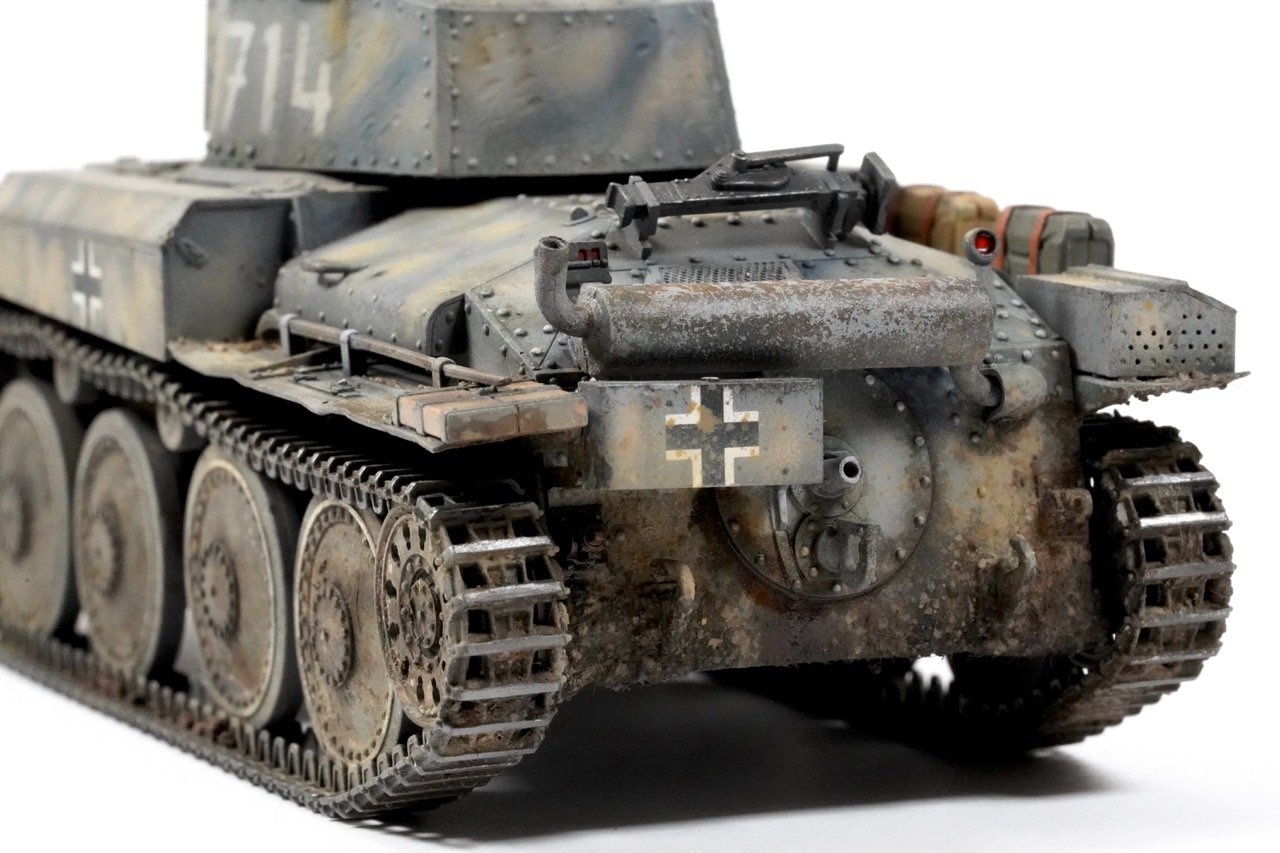
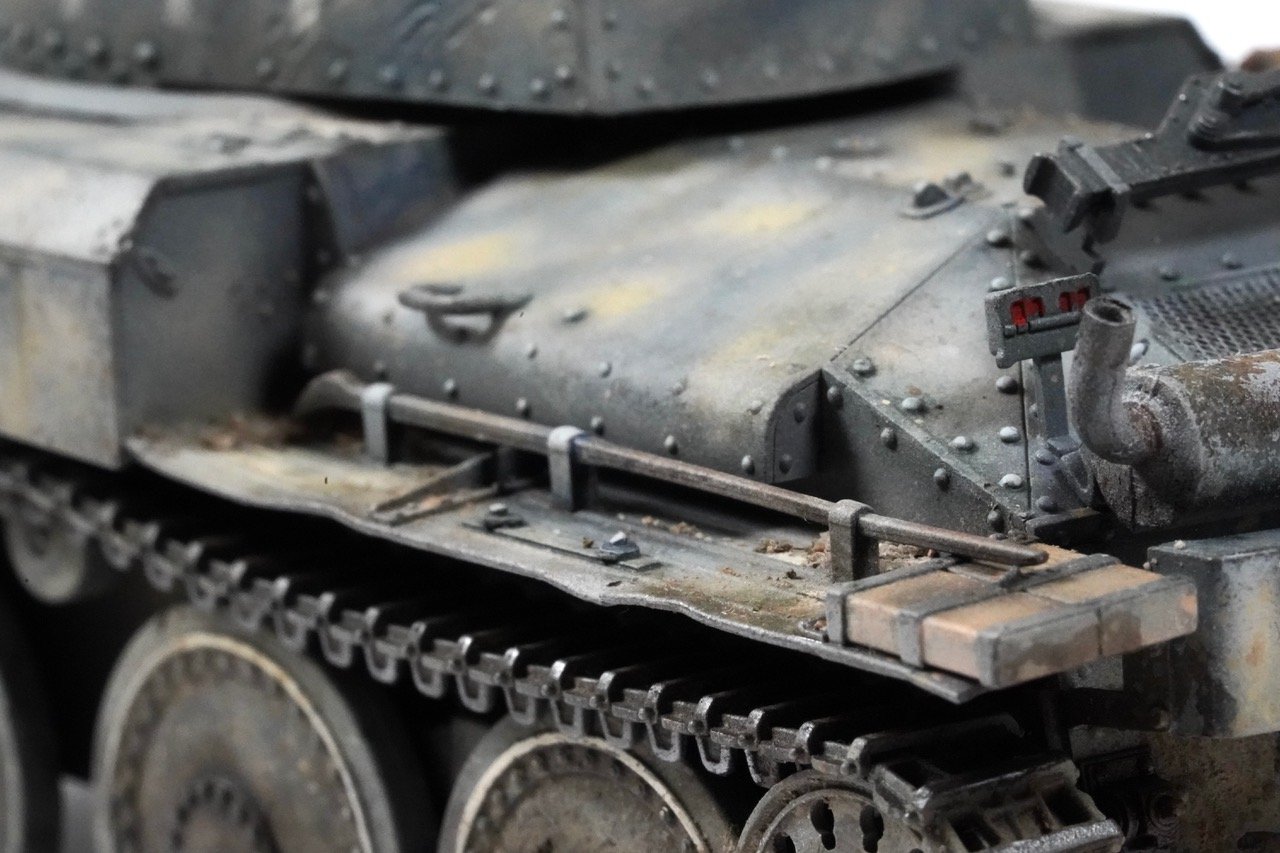
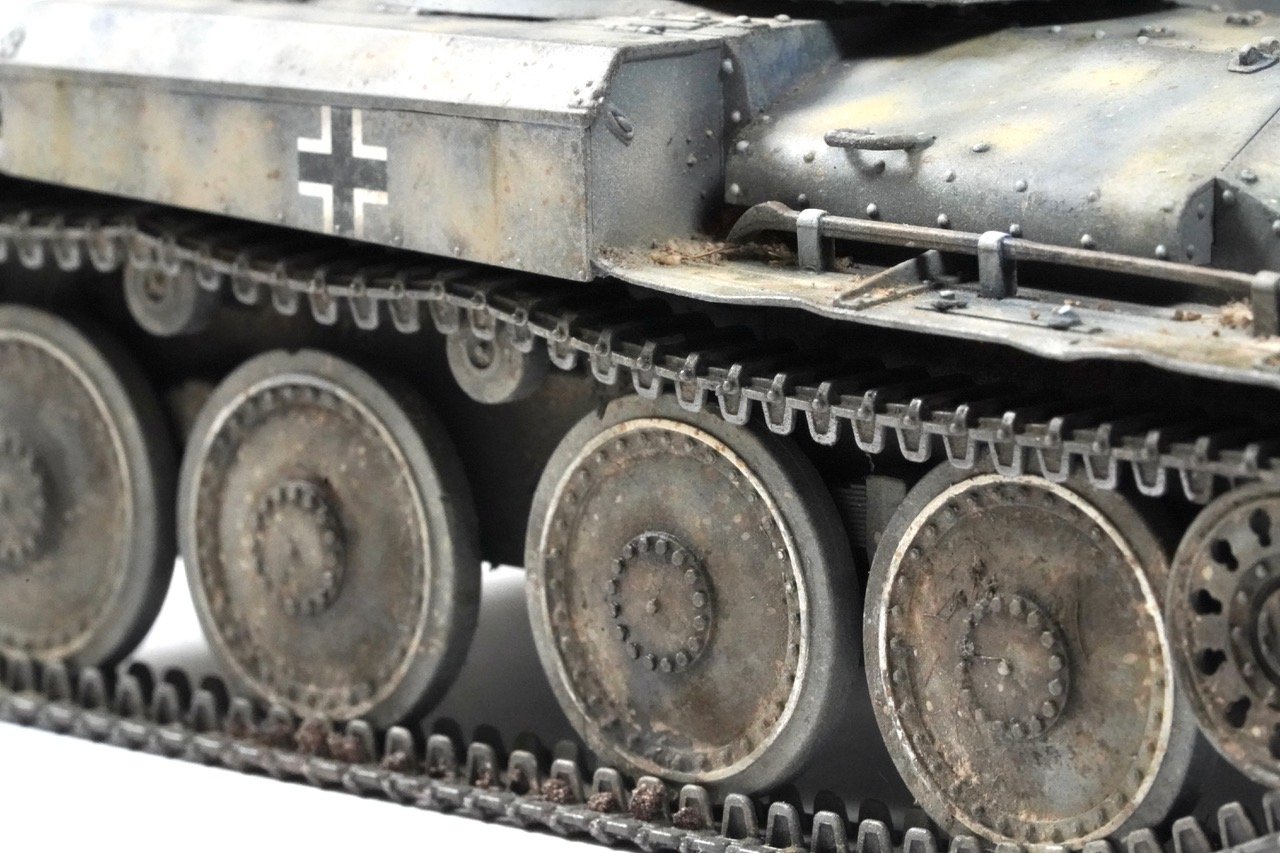
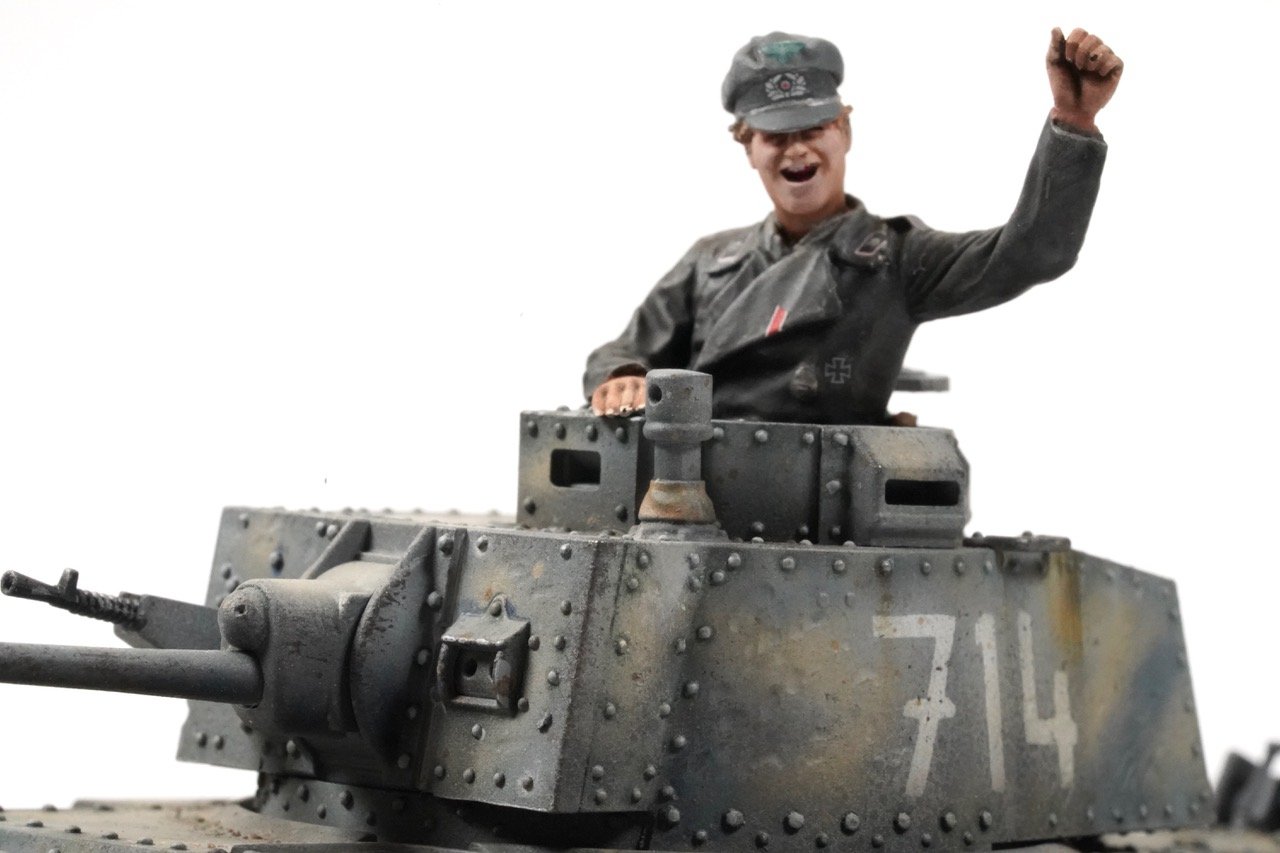
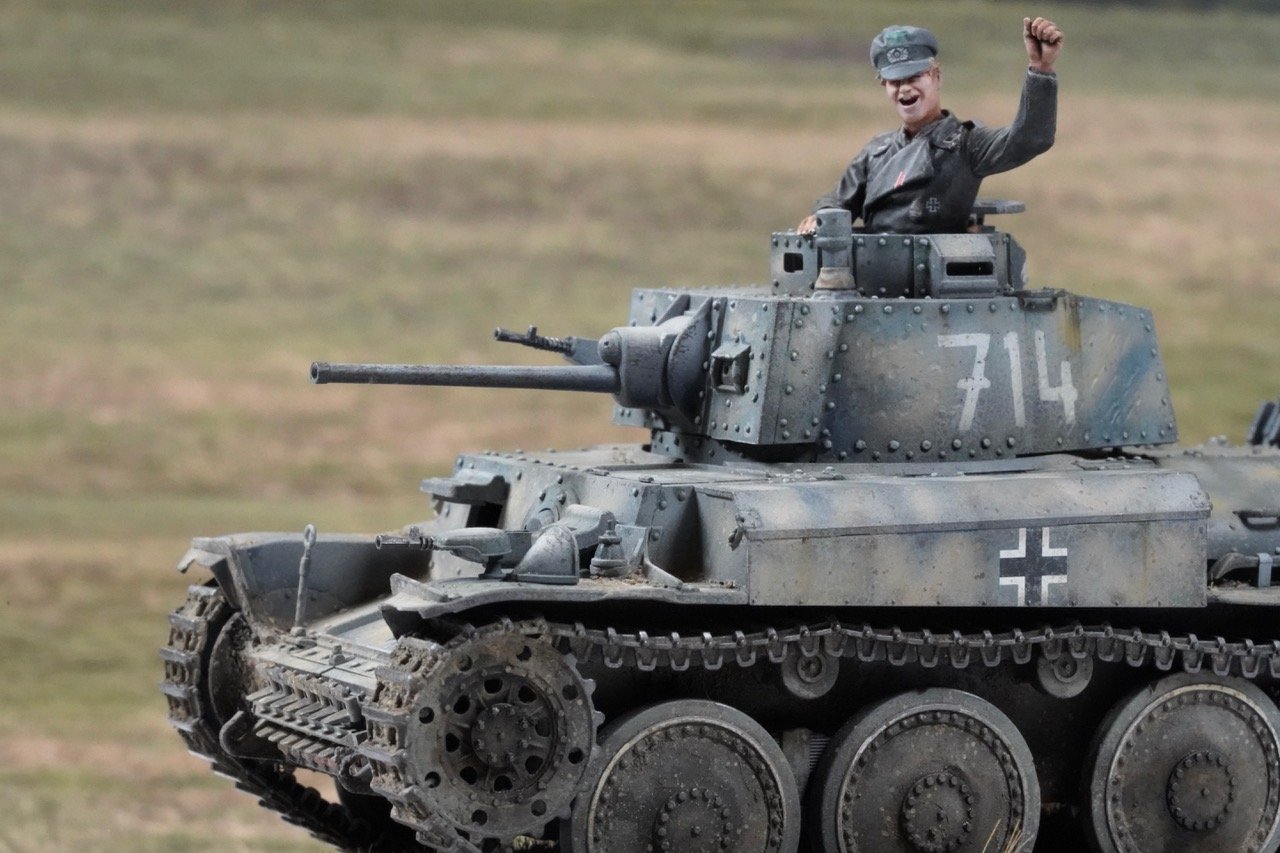
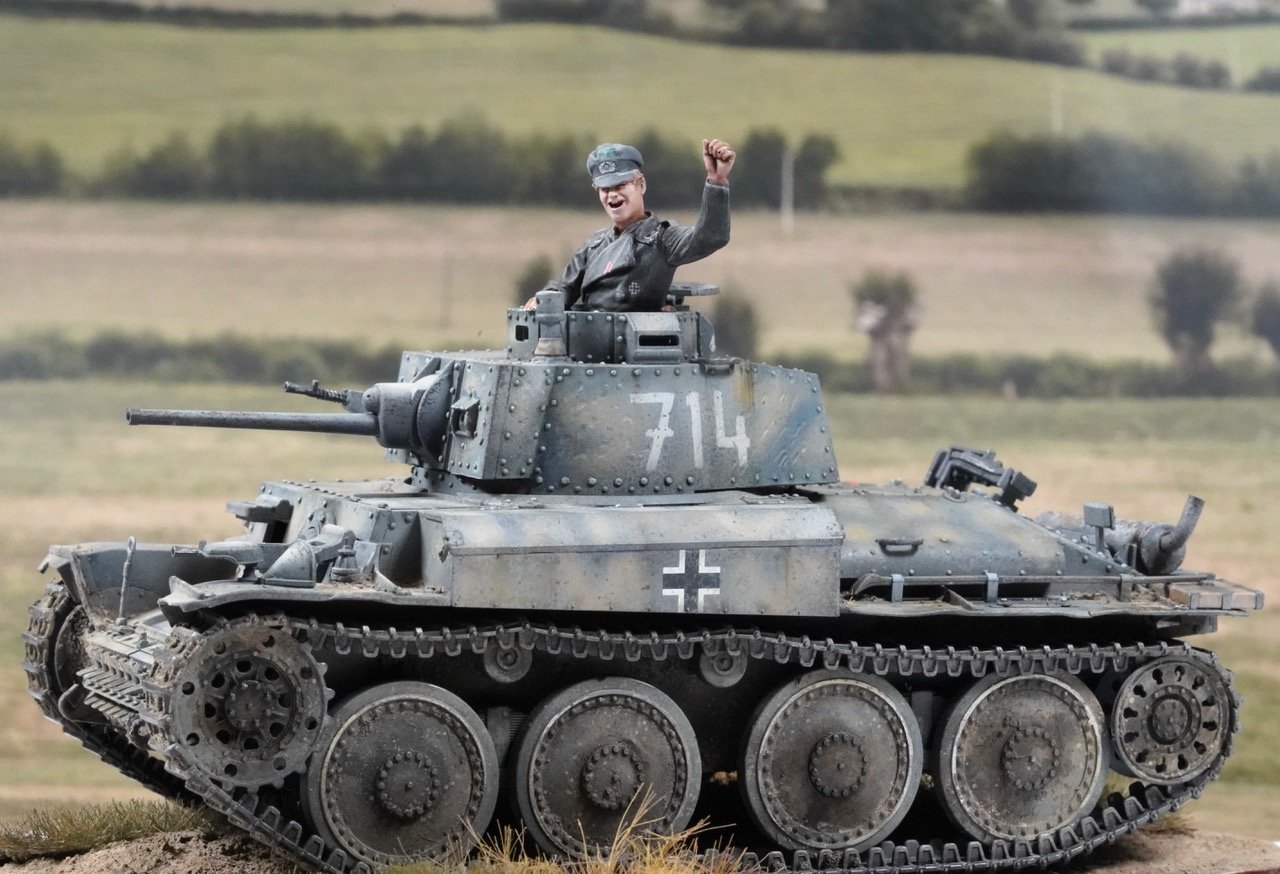
FULL BUILD / PAINTING AND WEATHERING SERIES available on my You Tube Channel!